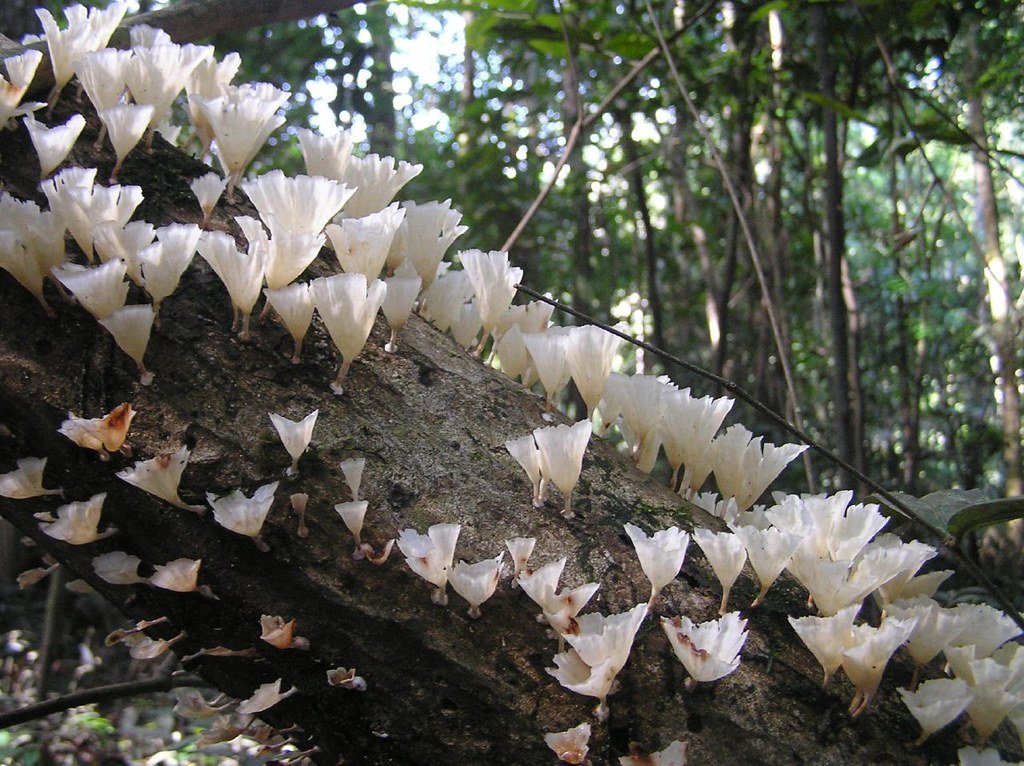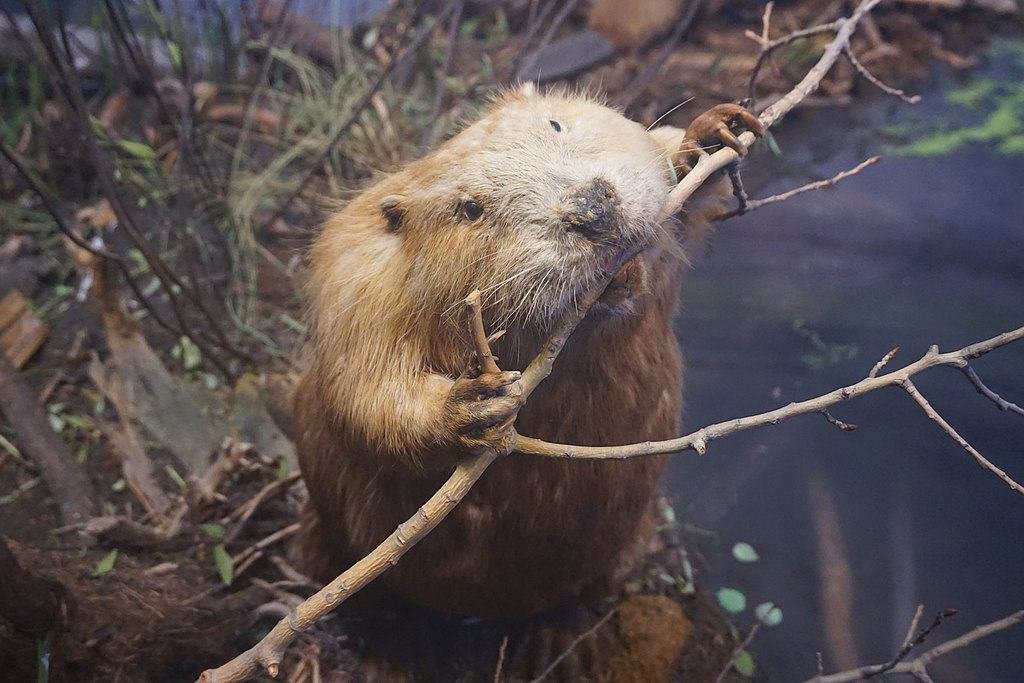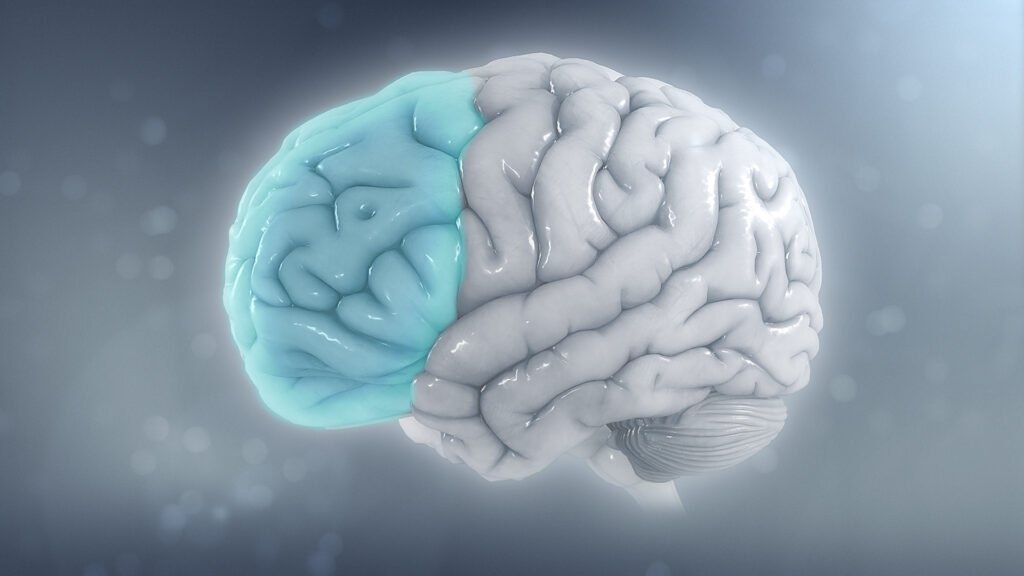Understanding the intricate web of interactions between plants and animals within ecosystems reveals the profound interconnectedness of life on Earth. These interactions are not merely entangled relationships but are crucial for the survival, evolution, and balance of natural habitats. By exploring these dynamics, we gain insight into how ecosystems function and how vital it is to protect them.
1. Pollination Partners

Pollination is a symbiotic interaction essential for the reproduction of many plant species, where animals like bees, butterflies, and birds transfer pollen from flower to flower. This process not only ensures the production of seeds and fruits but also benefits pollinators who receive nectar as a food source. This partnership has evolved over millions of years, fostering diverse and thriving plant communities.
2. Seed Dispersion Dance

Many plants rely on animals to disperse their seeds, allowing them to colonize new areas. Birds, mammals, and insects act as carriers, either by ingesting the seeds and excreting them elsewhere or by getting seeds caught in their fur. This relationship ensures plants can maximize their reach and adaptability across varying landscapes.
3. Herbivory Balance

Herbivores, from tiny insects to large mammals, feed on plants, playing a vital role in controlling plant populations and allowing for the regeneration of plant communities. While herbivory can be destructive, it stimulates plants to evolve defenses and fosters biodiversity by encouraging a variety of plant and animal species to coexist.
4. Shelter and Habitat

Plants provide essential habitat and shelter for numerous animal species. Trees offer spaces for birds to nest, while the underbrush and foliage offer protection for small mammals and insects. These plant structures create microhabitats that sustain diverse animal life, supporting ecosystem complexity and resilience.
5. Nutrient Cycling

Dead plants and animals decompose through the action of fungi, bacteria, and detritivores, releasing nutrients back into the soil. This recycling of nutrients is critical for maintaining soil fertility and enabling plants to grow, which in turn supports the animals that depend on them, completing a loop of life-sustaining exchanges.
6. Mutualistic Relationships

Plants and animals frequently engage in mutualistic relationships where both parties benefit. For instance, ants protect aphids from predators in return for honeydew, a nutritious by-product produced by the aphids. Such alliances enhance survival and adaptability, fortifying ecosystem stability.
7. Competitive Exclusions

While cooperation is vital, competition also plays a role in shaping ecosystems. Animals and plants often compete for resources like light, water, and territory. This competition drives evolutionary adaptations and fosters species diversity, ultimately sustaining ecological balance and health.
8. Defense Mechanisms

To discourage herbivory, plants have developed various defense mechanisms, such as thorns, toxic chemicals, and tough leaves. These adaptations influence animal foraging behaviors and food preferences, leading to co-evolutionary arms races that drive biodiversity.
9. Parasitic Interactions

Parasitism occurs when one organism benefits at the expense of another. Some plants, like mistletoe, attach themselves to host trees to absorb nutrients, impacting the host’s health. Similarly, animal parasites can affect plant health, influencing species dynamics within ecosystems.
10. Carnivorous Plants

Carnivorous plants, such as Venus flytraps and pitcher plants, have evolved to obtain nutrients by digesting insects and other small animals. These plants often grow in nutrient-poor soils where their predatory adaptations give them a unique advantage in extracting essential nutrients that other plants might lack.
11. Mycorrhizal Networks

The symbiotic relationship between plant roots and fungi, known as mycorrhizae, enhances nutrient uptake for plants. In return, fungi receive carbohydrates and sugars from the plants. These networks, sometimes referred to as the “wood wide web,” connect different plant species, facilitating communication and nutrient sharing that stabilize ecosystems.
12. Camouflage and Mimicry

Many animals use plants as a canvas for camouflage and mimicry to evade predators or ambush prey. This evolutionary tactic involves animals blending with plant backgrounds or mimicking parts of plants to increase their chances of survival, showcasing nature’s ingenuity in fostering adaptation.
13. Ecological Engineers

Certain animals, such as beavers and elephants, are regarded as ecological engineers for their ability to significantly alter habitats. By felling trees or uprooting plants, these species modify landscapes, creating new ecological niches and increasing plant and animal diversity.
The fascinating and intricate interactions between plants and animals are foundational to the health and balance of ecosystems worldwide. By understanding these dynamics, we appreciate the delicate balance of nature and become more aware of the necessity to protect these relationships to ensure a thriving planet for future generations.




